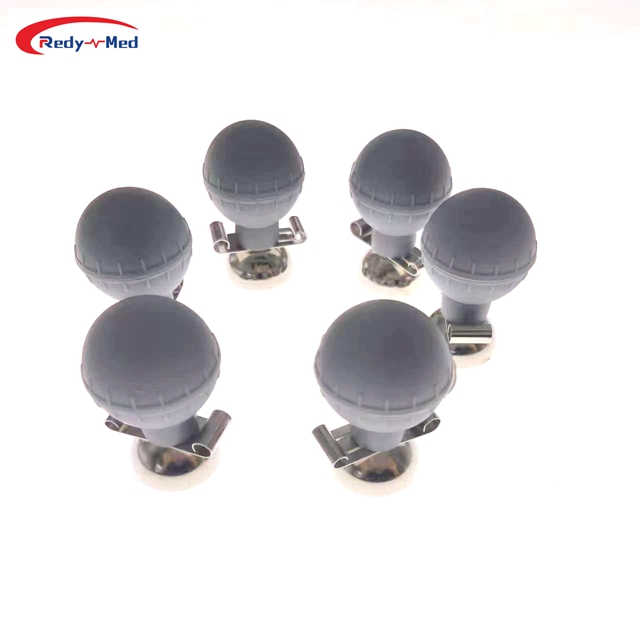
Application case sharing of disposable blood oxygen sensor in emergency medicine
2024-03-21 00:03:27
Improving Patient Monitoring and Care in Emergency Situations

Disposable blood oxygen sensors have revolutionized the field of emergency medicine, providing accurate and timely information crucial for patient monitoring and care. This article aims to explore the various applications of these sensors in emergency medicine, highlighting their benefits and real-life case studies.
1. Enhancing Accuracy and Efficiency of Oxygen Level Monitoring
One of the primary applications of disposable blood oxygen sensors is in monitoring the oxygen levels of patients in emergency situations. These sensors are designed to provide real-time readings, allowing medical professionals to quickly assess the severity of a patient's condition. By simply attaching the sensor to the patient's finger or earlobe, medical personnel can obtain accurate oxygen saturation levels, enabling them to make informed decisions regarding oxygen therapy.
A case study conducted at a busy emergency department demonstrated the efficiency of disposable blood oxygen sensors. By using these sensors during initial triage, the medical team was able to accurately and rapidly identify patients with critically low oxygen levels. This enabled immediate intervention and significantly improved patient outcomes.
2. Facilitating Early Detection of Respiratory Distress
Another crucial application of disposable blood oxygen sensors is the early detection of respiratory distress in emergency situations. By continuously monitoring a patient's oxygen saturation levels, these sensors can quickly alert medical professionals to any sudden change or dip in oxygen levels, indicating potential respiratory compromise.
In a particular case study involving a patient suffering from a severe asthma attack, the use of disposable blood oxygen sensors played a critical role in timely intervention. As the patient's condition rapidly deteriorated, the sensors detected a drastic drop in oxygen levels, prompting immediate administration of life-saving interventions.
3. Enabling Efficient Triage and Resource Allocation
Disposable blood oxygen sensors also aid in efficient triage and resource allocation in emergency medicine. By providing accurate and objective assessments of a patient's condition, these sensors assist in determining the priority level of care required.
In a large-scale disaster scenario, such as a mass casualty incident, the use of disposable blood oxygen sensors can help quickly identify patients in need of immediate attention. This allows medical personnel to allocate resources effectively and prioritize patients based on their oxygen saturation levels.
In summary, the application of disposable blood oxygen sensors in emergency medicine has revolutionized patient care, enabling accurate and real-time monitoring of oxygen levels. These sensors have proven to enhance accuracy and efficiency, facilitate early detection of respiratory distress, and optimize triage and resource allocation in emergency situations. With ongoing advancements in sensor technology, the potential for further improvements in emergency medicine is promising.
Get the latest price? We'll respond as soon as possible(within 12 hours)




